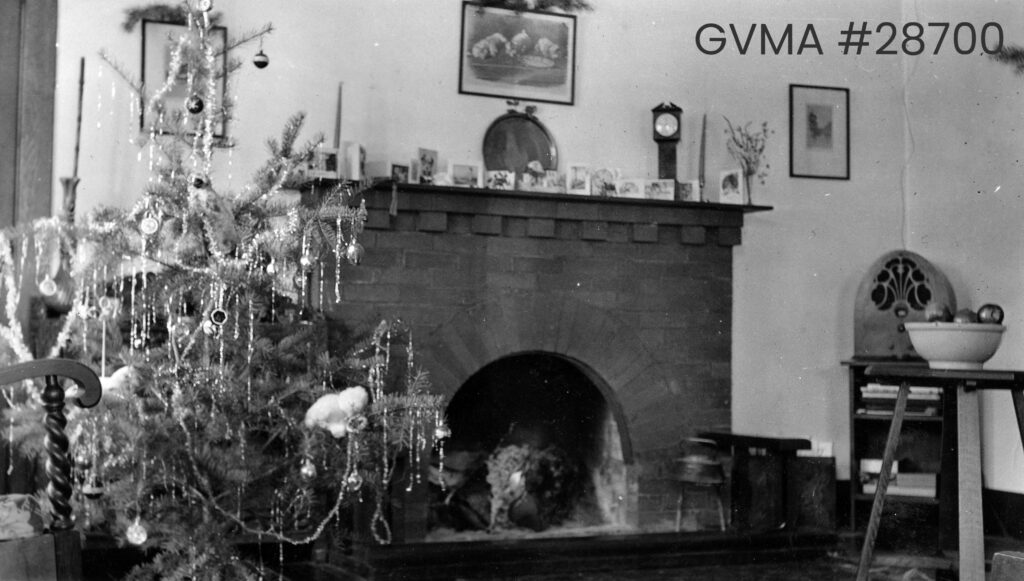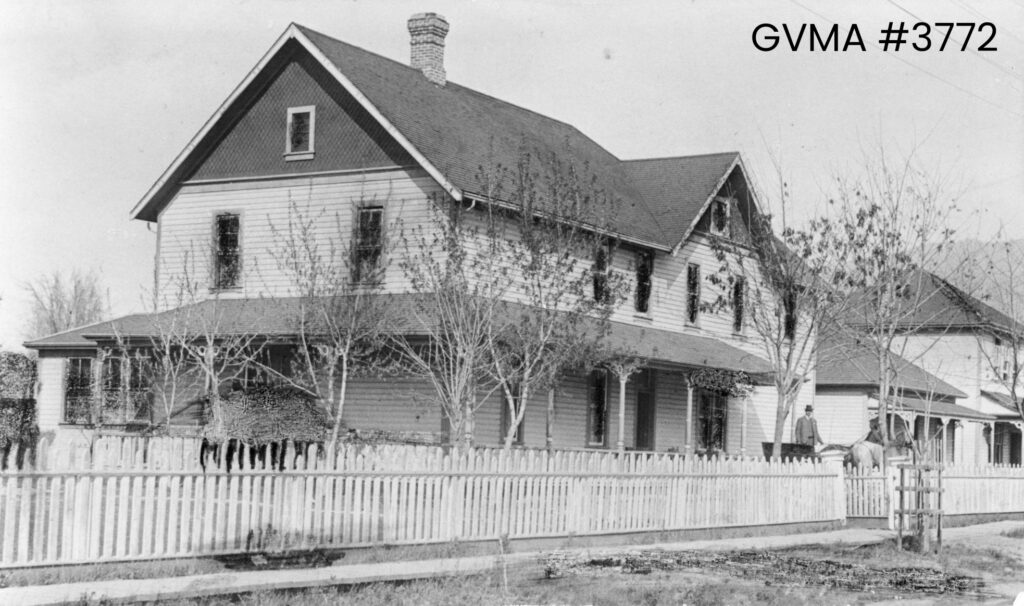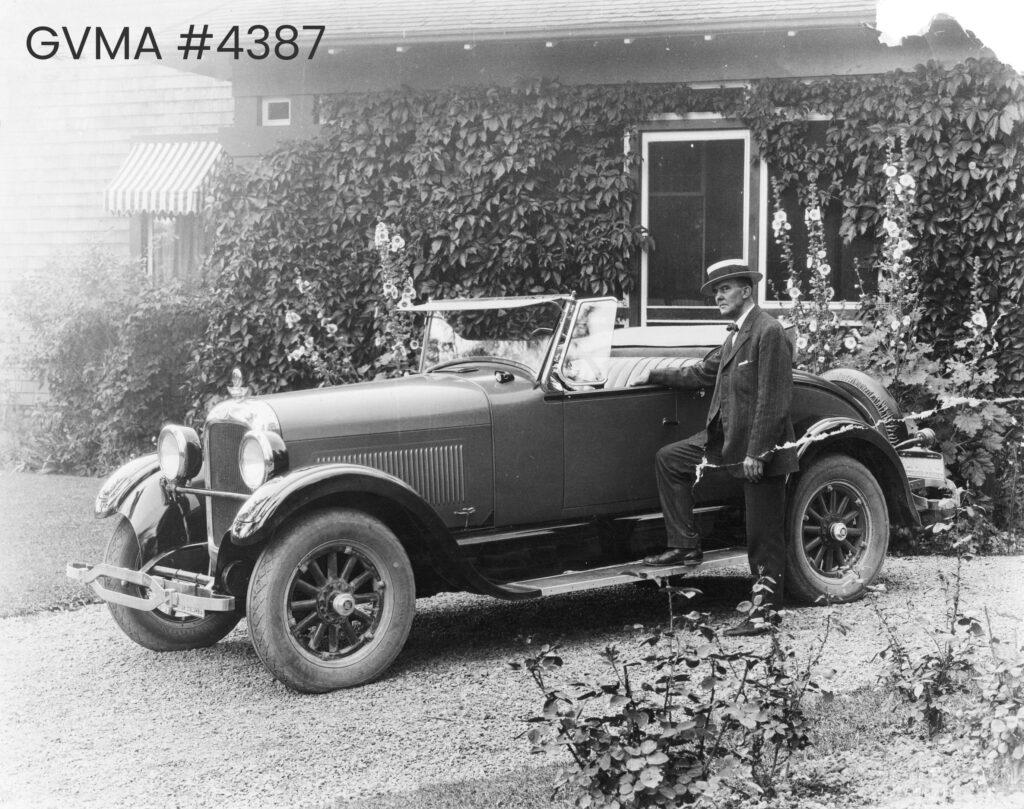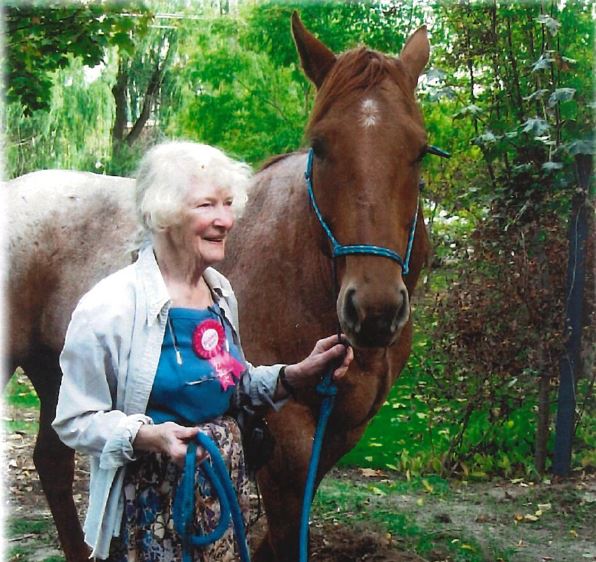
The Season of nostalgia
Merry Christmas to those who celebrate! Christmas is the season of festively-decorated trees and gifts wrapped with care. It is also, arguably, the season of nostalgia, prompting us to ponder: how did Christmas in Vernon look 100 years ago, back in 1923?
As per the December 27, 1923 edition of the Vernon News, the essence of Christmas filled every corner and crevice of residences throughout the city. Various hotels offered grand, lavish dinners, while smaller gatherings of friends enjoyed intimate meals complete with all the festive trimmings in the comfort of their homes.
Charitable acts and Telephone staff
Baskets filled with essentials and delights were reportedly delivered to the homes of those who had faced difficulties throughout the year. Community groups such as the Salvation Army Child Welfare committee and the Elks diligently carried out acts of charity.
On Christmas Eve, the staff of the Vernon Office of the Okanagan Telephone congregated beneath a towering Christmas Tree, its uppermost branches rumored to brush against the ceiling. Adorned with presents for the operators, numerous gifts were also nestled beneath the tree.
Happiness at the Hospital
The atmosphere at the Vernon Jubilee Hospital was equally festive. Nurses and patients alike sang Christmas carols and admired decorations of greenery and red streamers. On Christmas morning, the role of Santa Claus was charmingly assumed by C. B. Lefroy, who swooped in for a visit, handing out presents and laughter.
The weather that year was favorable, with a pristine layer of snow blanketing the valley. This delighted the little ones who eagerly ventured outside with their toboggans and skates.
According to the newspaper, Vernon had a very Merry Christmas all told and one hopes this trend continues in 2023. Despite the passage of a century, certain aspects remain unchanged. Friends and family still come together to celebrate, local hotels are still serving delicious festive meals, community organizations persist in aiding those in need, and the Vernon Jubilee Hospital is adorned with an illuminated tree in hues of green and red at its summit.
To explore more of Vernon’s history, check out our other blog posts!
Gwyneth Evans, Head of Archives




 The Tragic Death of sir Edmund Lacon
The Tragic Death of sir Edmund Lacon

